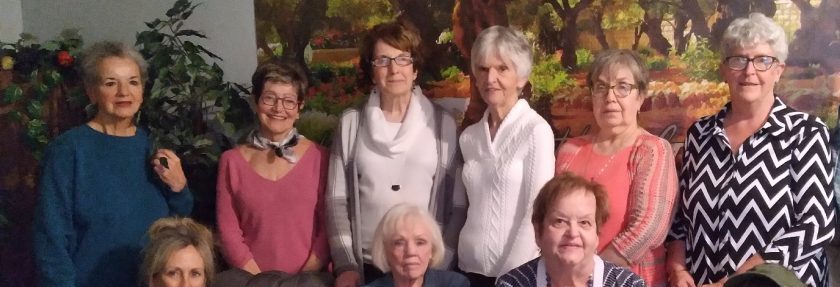Apologies, but no results were found for the requested archive. Perhaps searching will help find a related post.
Digby Baptist Church
Built on Christ: Giving, Living, Serving


Apologies, but no results were found for the requested archive. Perhaps searching will help find a related post.